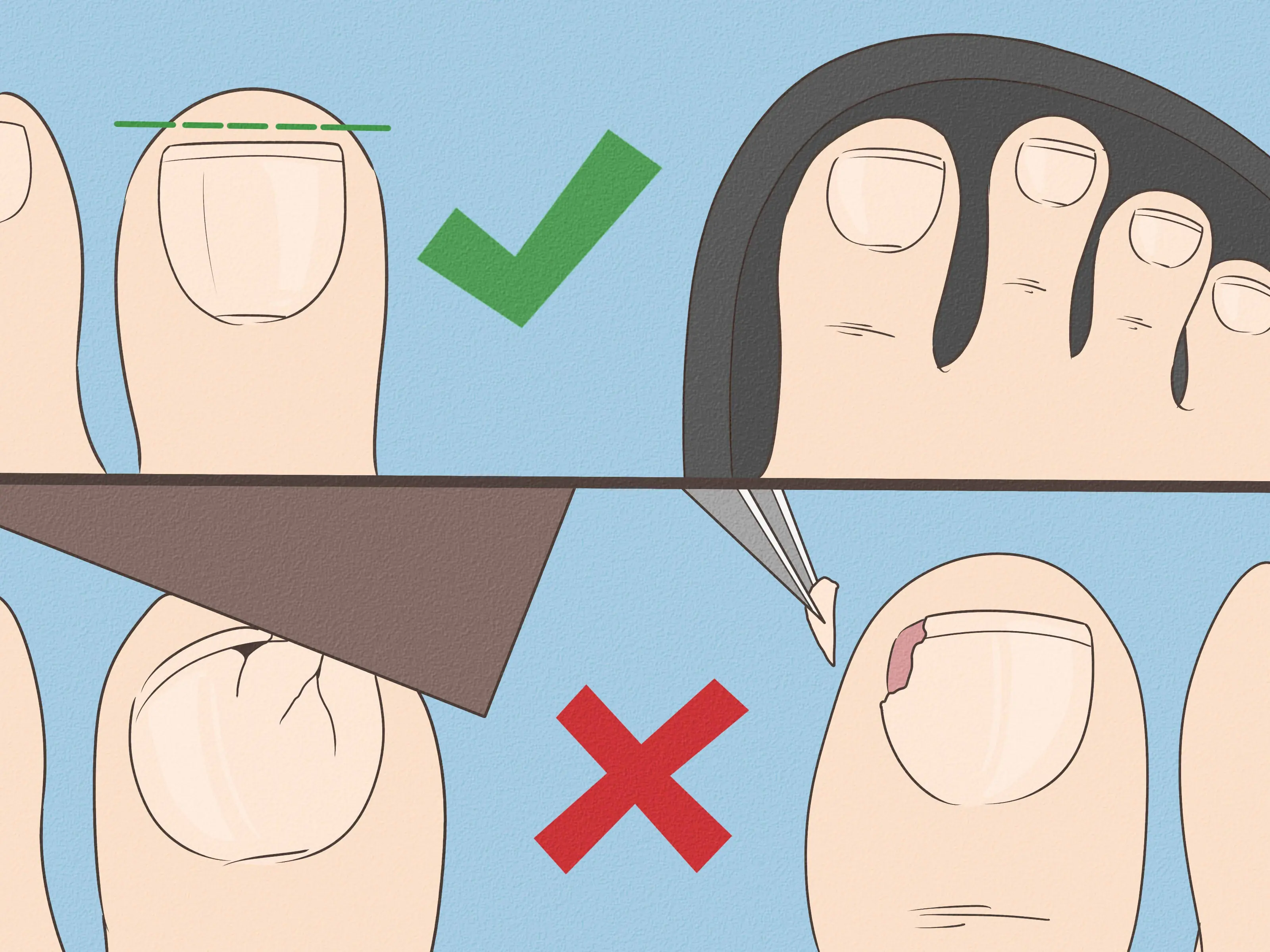
What Those Red Spots on Your Skin Are Warning You About and How to Remove Them Naturally
Many people notice small, bright red spots on their skin and immediately become concerned. These red spots, often known as cherry angiomas, are usually harmless, but they can sometimes signal underlying health issues or simply be a result of aging or environmental factors. Understanding what these spots mean and how to deal with them naturally is essential for anyone who wants to take better care of their skin and overall health.
Cherry angiomas are made up of clusters of tiny blood vessels and usually appear on the torso, arms, and shoulders. They can vary in size and often develop in people over the age of 30. While the exact cause is not always clear, genetics plays a significant role. If your parents had them, you are more likely to develop them too. However, they can also be linked to hormonal imbalances, liver dysfunction, excessive sun exposure, or chemical toxins in the body.
In some cases, red spots can also be a sign of poor liver health. When the liver struggles to filter toxins from the body, the skin can reflect this by forming blemishes, including red or purple spots. These can also be signs of vitamin deficiencies, especially if accompanied by fatigue, easy bruising, or bleeding gums. That’s why it’s important not to ignore sudden changes in your skin’s appearance.
Although cherry angiomas are not dangerous and don't usually require medical treatment, many people seek ways to reduce or remove them for cosmetic reasons. Fortunately, there are natural remedies that may help minimize their appearance or prevent more from forming.
One popular natural remedy is apple cider vinegar (ACV). Its acidic properties help break down the blood vessels in the angioma, causing it to shrink over time. To use ACV, simply soak a cotton ball, apply it to the red spot, and secure it with a bandage for about 30 minutes a day. Over several days or weeks, the spot may begin to fade.
Another effective option is tea tree oil, known for its antimicrobial and anti-inflammatory properties. Apply a few drops to the affected area daily using a cotton swab. Be sure to test for skin sensitivity first by applying a small amount to another part of your skin.
Castor oil and baking soda paste is another home remedy some people swear by. Mix the two into a thick paste and apply it to the red spot once or twice a day. Castor oil is known for its ability to penetrate the skin deeply, and baking soda helps balance skin pH.
Internally, improving your liver health and reducing toxins in the body can help prevent more red spots from appearing. Drinking plenty of water, eating antioxidant-rich foods like berries, leafy greens, and cruciferous vegetables (broccoli, cauliflower), and reducing alcohol and processed foods can make a big difference.
You may also want to supplement with vitamins C and K, which support blood vessel health and skin repair. Zinc is another powerful nutrient that helps with wound healing and skin regeneration.
However, it’s important to note that if red spots change in size, shape, or color, or if they bleed or itch, you should consult a dermatologist. Not all red spots are cherry angiomas. Some could be signs of skin cancer or other skin conditions that require professional diagnosis and treatment.
In conclusion, those small red spots on your skin are usually nothing to worry about, but they shouldn't be ignored either. They can offer valuable insight into your internal health and well-being. With a few natural remedies and lifestyle changes, you can manage or even reduce their appearance while supporting your skin and body from the inside out.
News in the same category

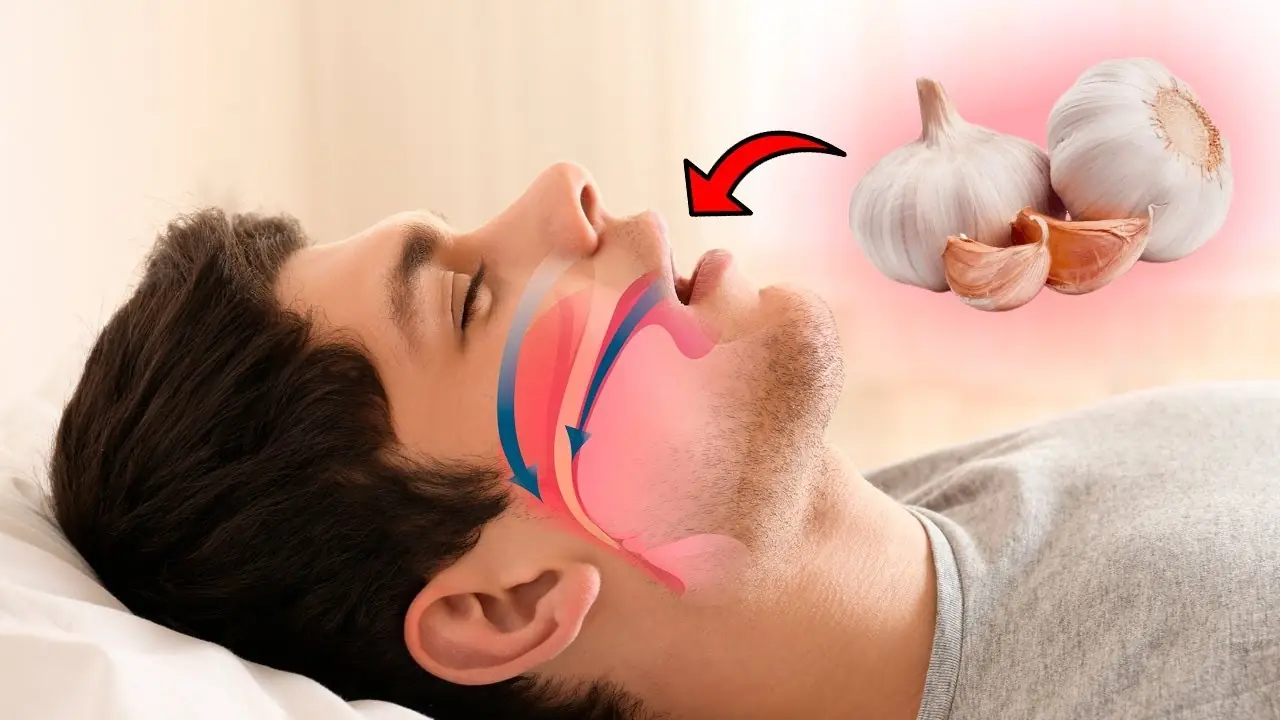
This Is What Happens to Your Body When You Start Eating Raw Garlic
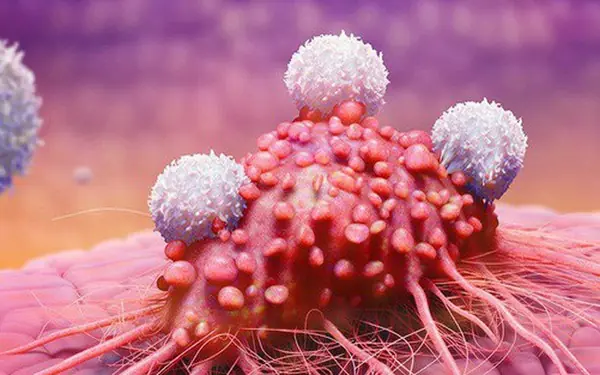
Small Morning Habits That Many Overlook but Boost Blood Flow and Energy
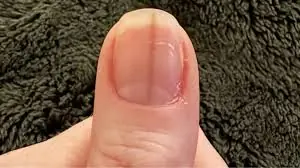
Woman Urged to See Doctor After Spotting Concerning Line
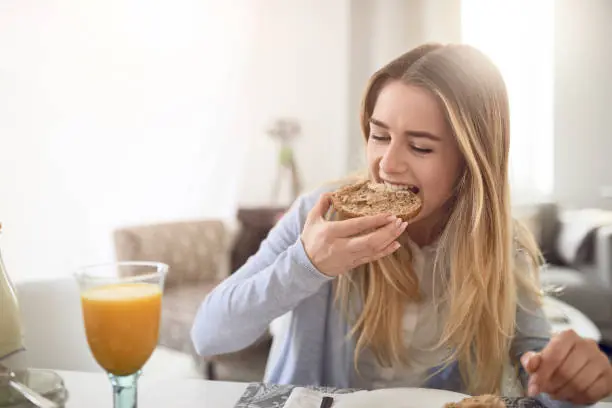
Groups of People Who Need to Avoid Eating Bread
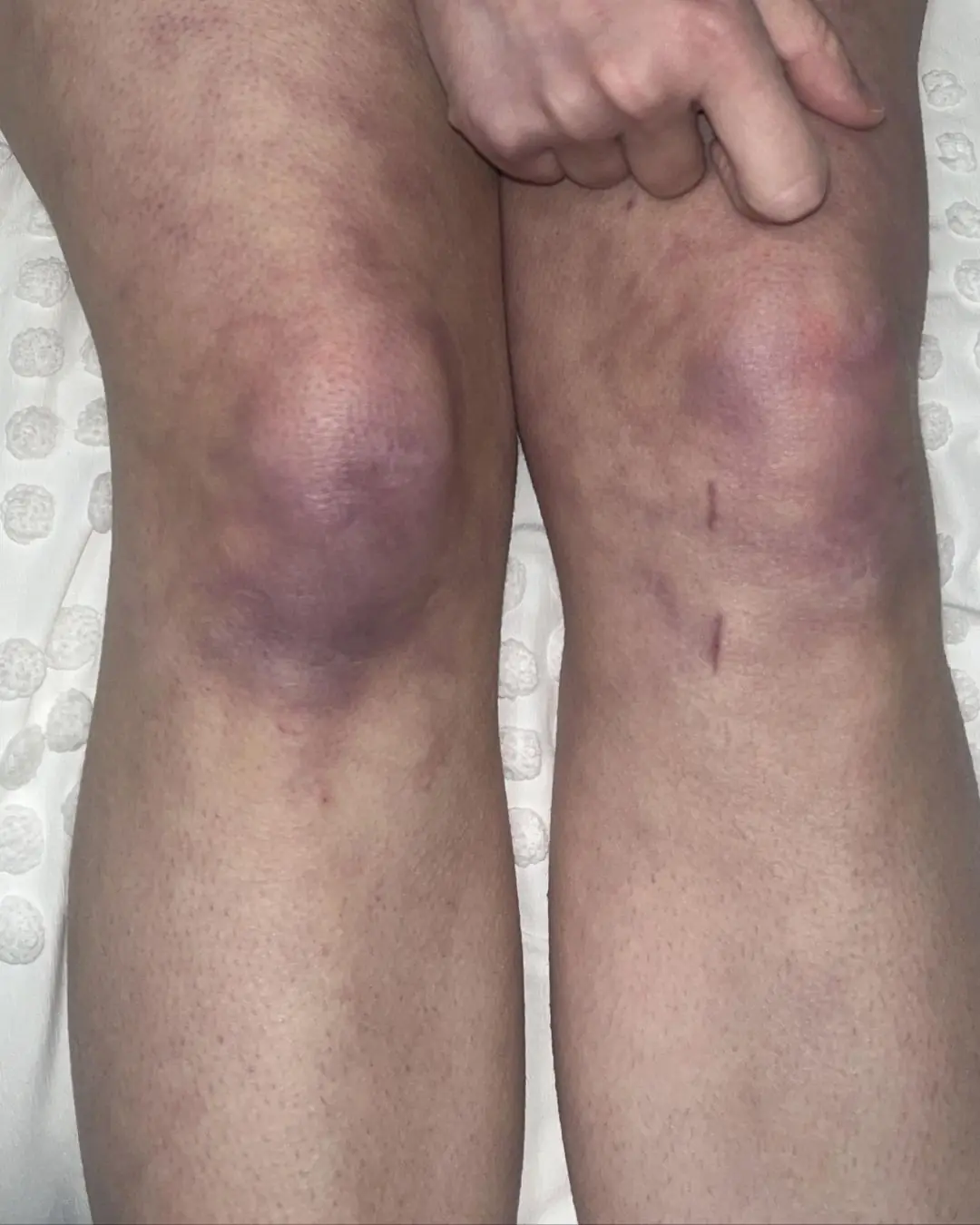
What those strange skin patterns might really mean
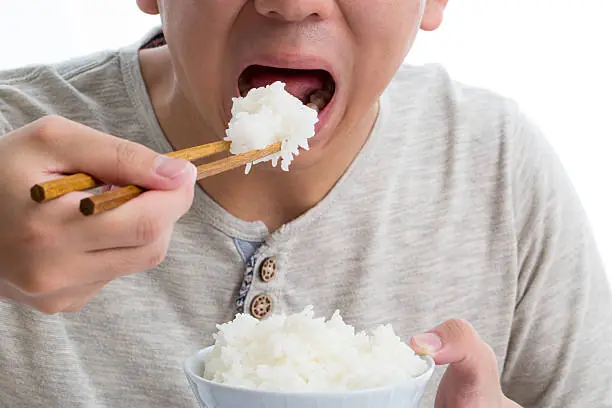
Should You Eat Rice for Breakfast

Preventing Stroke At Any Age: 3 “Don’ts” After Meals—And 4 “Don’ts” Before Bed
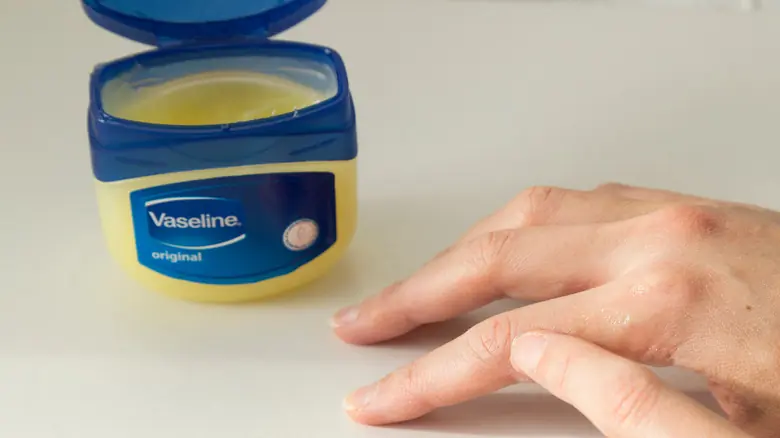
Why You Should Stop Using Petroleum Jelly On Your Skin (It’s a Byproduct of the Petroleum Manufacturing Process)
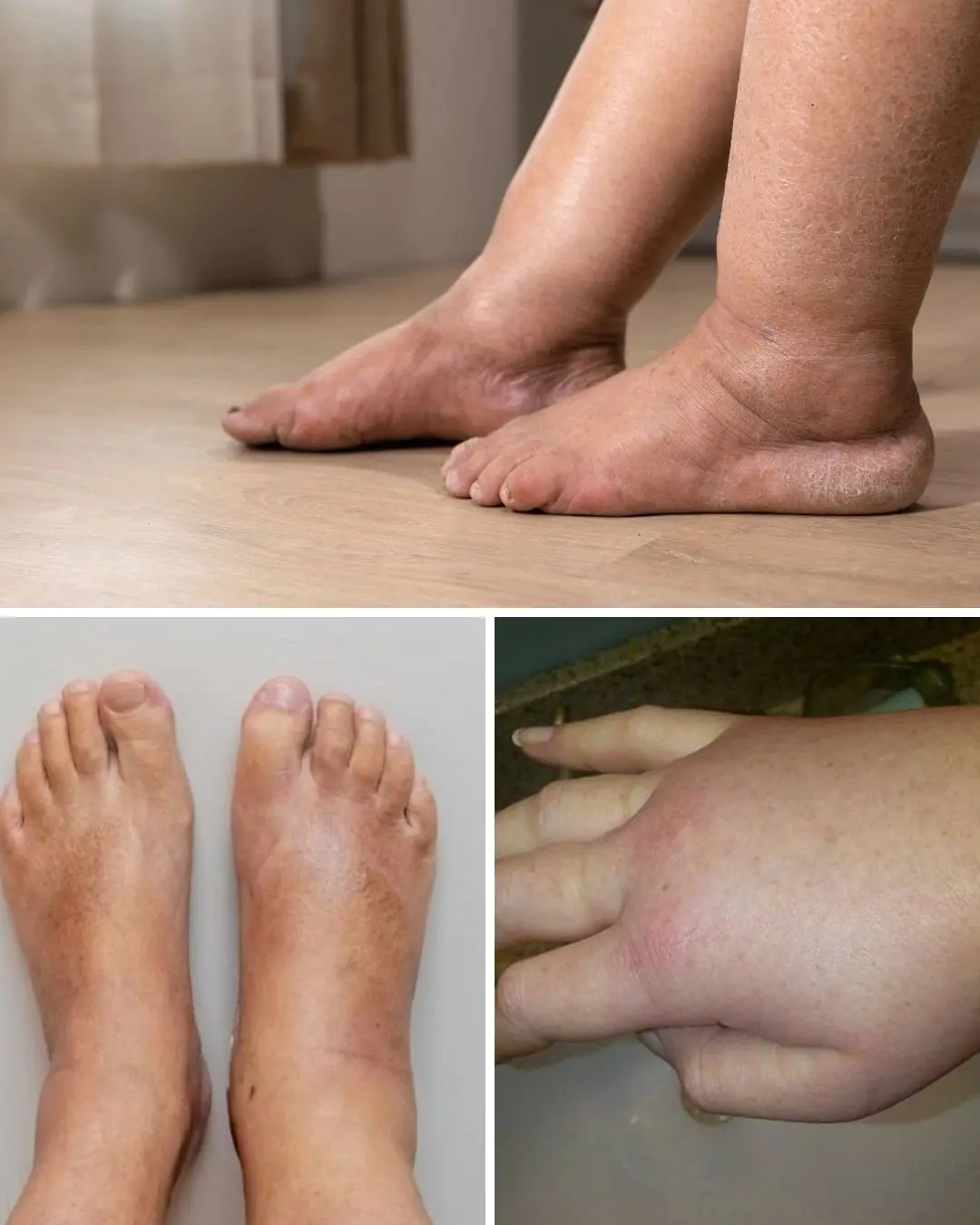
Foods that can ease swelling in hands and feet

Blood Clot in Leg: Signs and Symptoms You Shouldn’t Ignore (Pictures Included)

The Most Effective Ways to Naturally Get Rid of Clogged Ears

Most US Neurologists Who Prescribe MS Drugs Take Industry Money

Cognitive Benefit From Ginkgo biloba Monotherapy in MCI

Keeping Up on HS Management When Guidelines Are Outdated
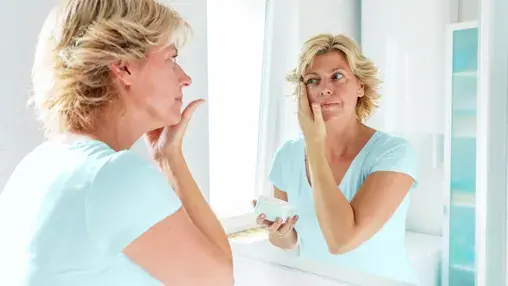
How Your Body Changes in Your Forties and What It Means for Your Health

17 Foods That Increase Magnesium And Prevent High Blood Pressure, Blood Clots And Muscle Fatigue
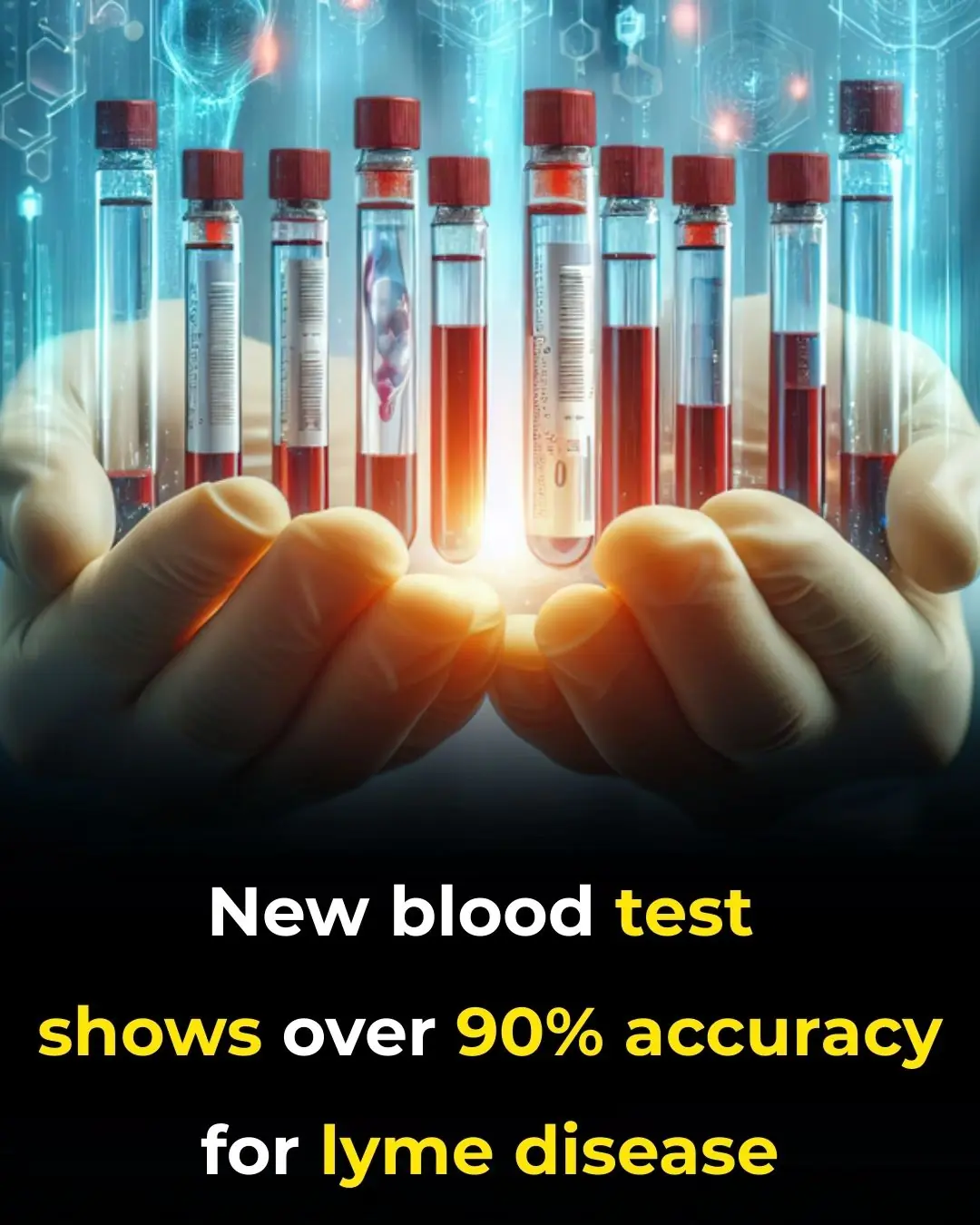
New Blood Test Shows Over 90% Accuracy for Lyme Disease
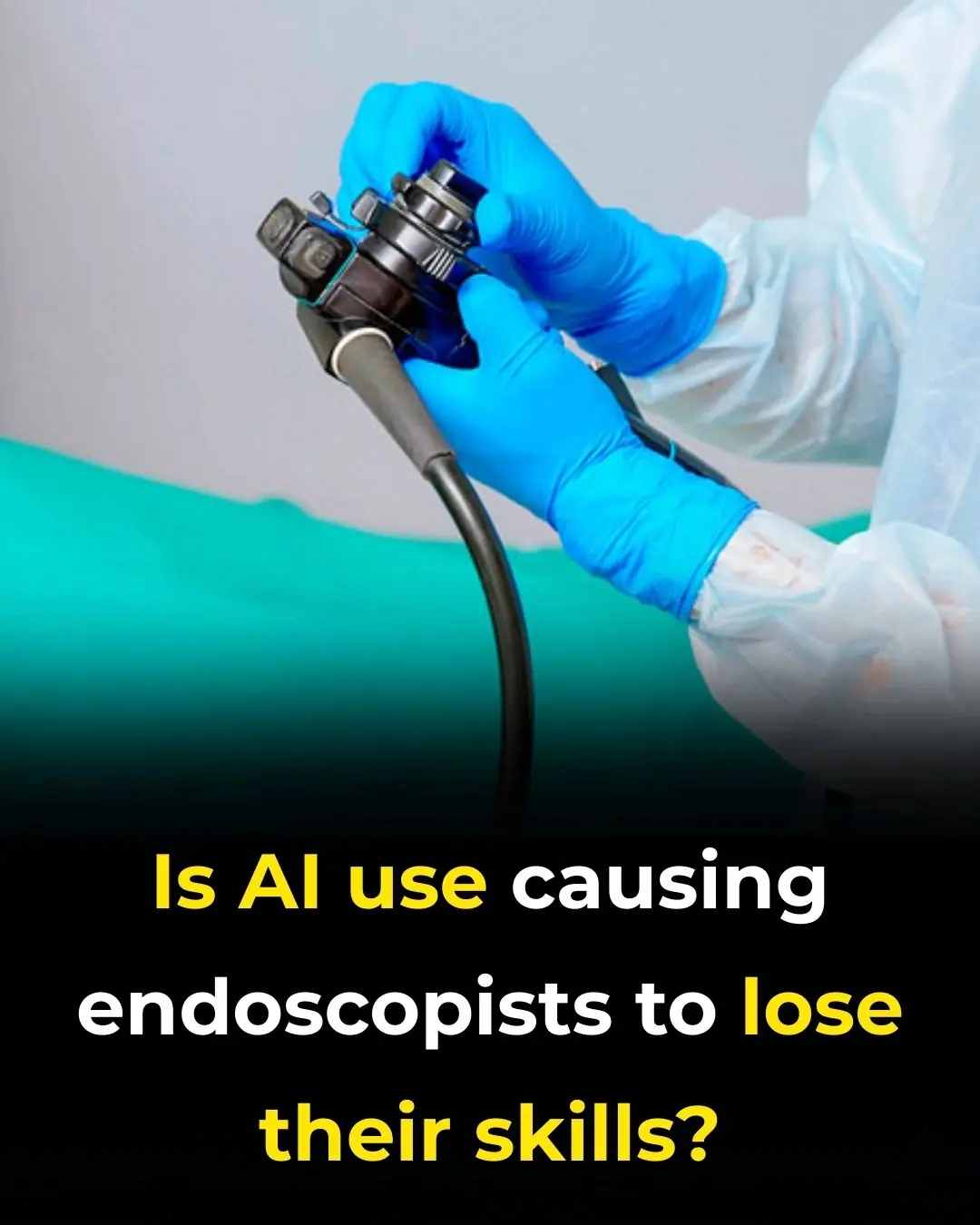
Is AI Use Causing Endoscopists to Lose Their Skills?
News Post
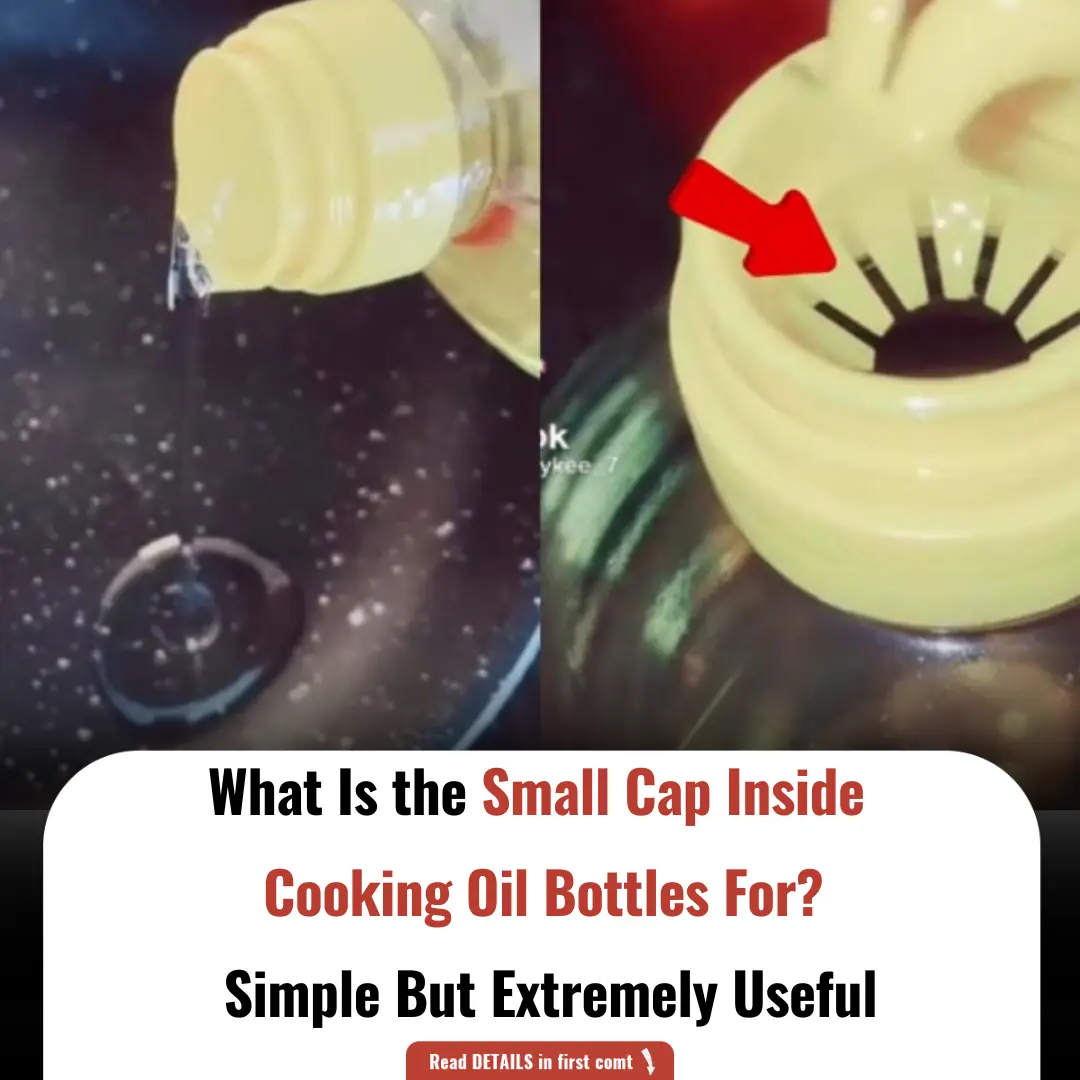
What Is the Small Cap Inside Cooking Oil Bottles For? Simple But Extremely Useful
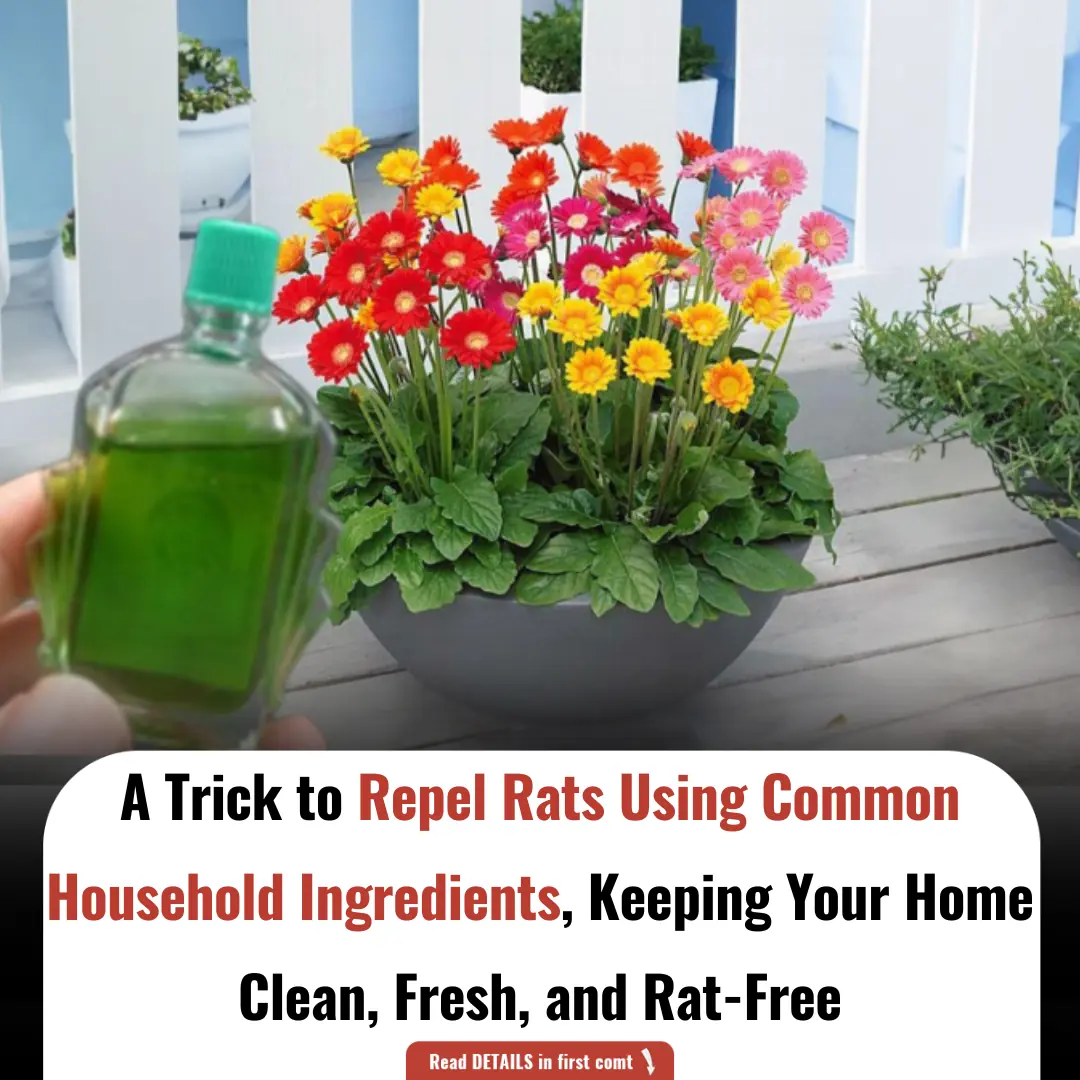
A Trick to Repel Rats Using Common Household Ingredients, Keeping Your Home Clean, Fresh, and Rat-Free
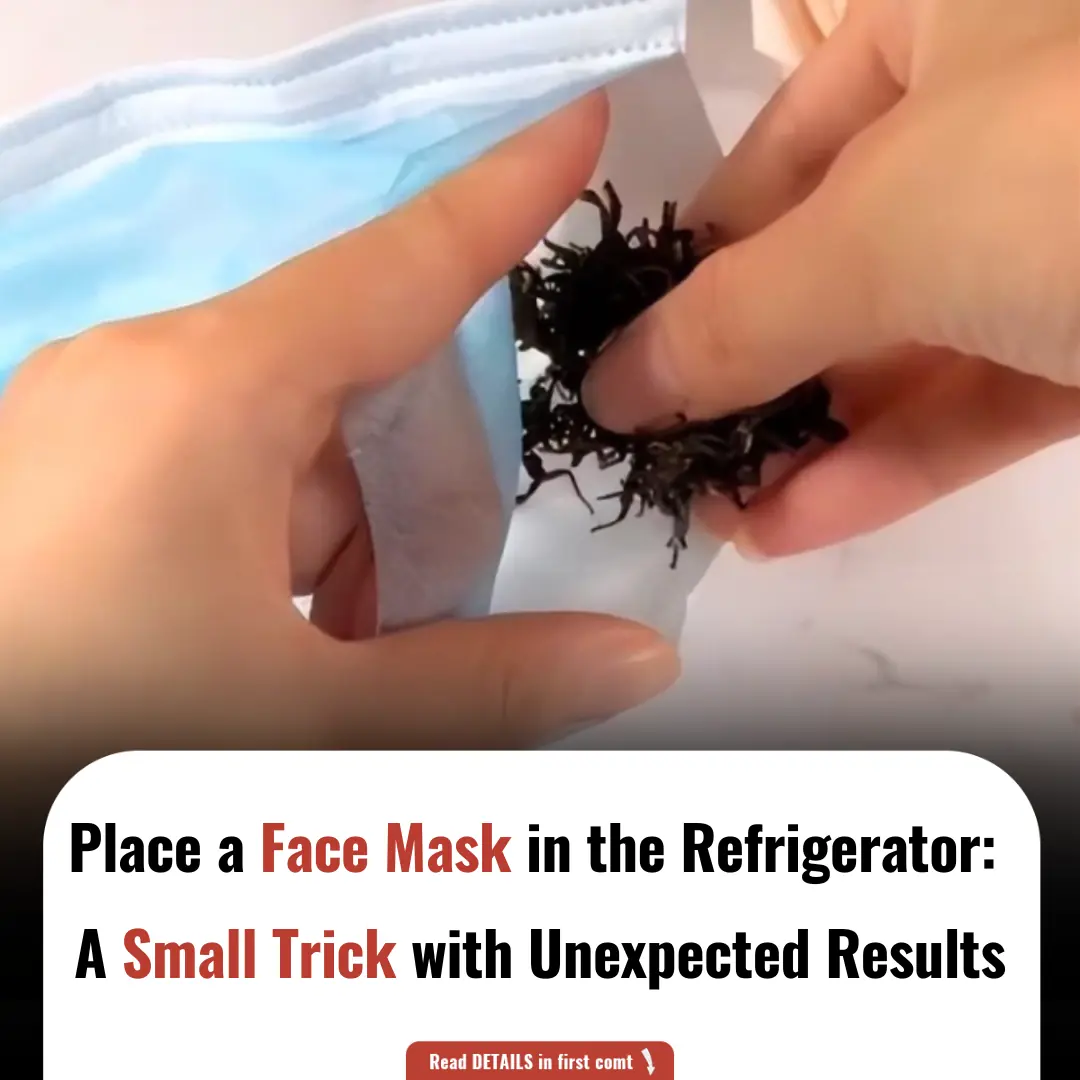
Place a Face Mask in the Refrigerator: A Small Trick with Unexpected Results

Put Ice Cubes in Your Clothes Dryer, and You’ll Be Surprised by the Results

Why You Should Put Coins in the Refrigerator?

Tips for Choosing Good Avocados: Don't Be Tempted by Large Ones, They Are 'A Waste of Money'.

Natural Home Remedies for Ingrown Toenails That Bring Quick Relief

This Is What Happens to Your Body When You Start Eating Raw Garlic

Small Morning Habits That Many Overlook but Boost Blood Flow and Energy
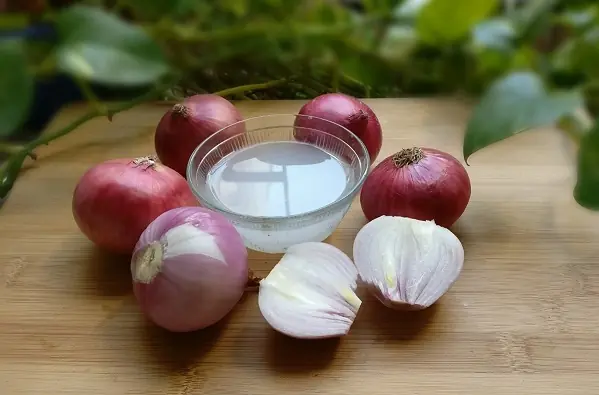
How to use Onion juice & Onion Hair Oil for Hair Growth – Onion Benefits for Hair

What it says about your relationship when your partner sleeps with their back to you

Woman Urged to See Doctor After Spotting Concerning Line
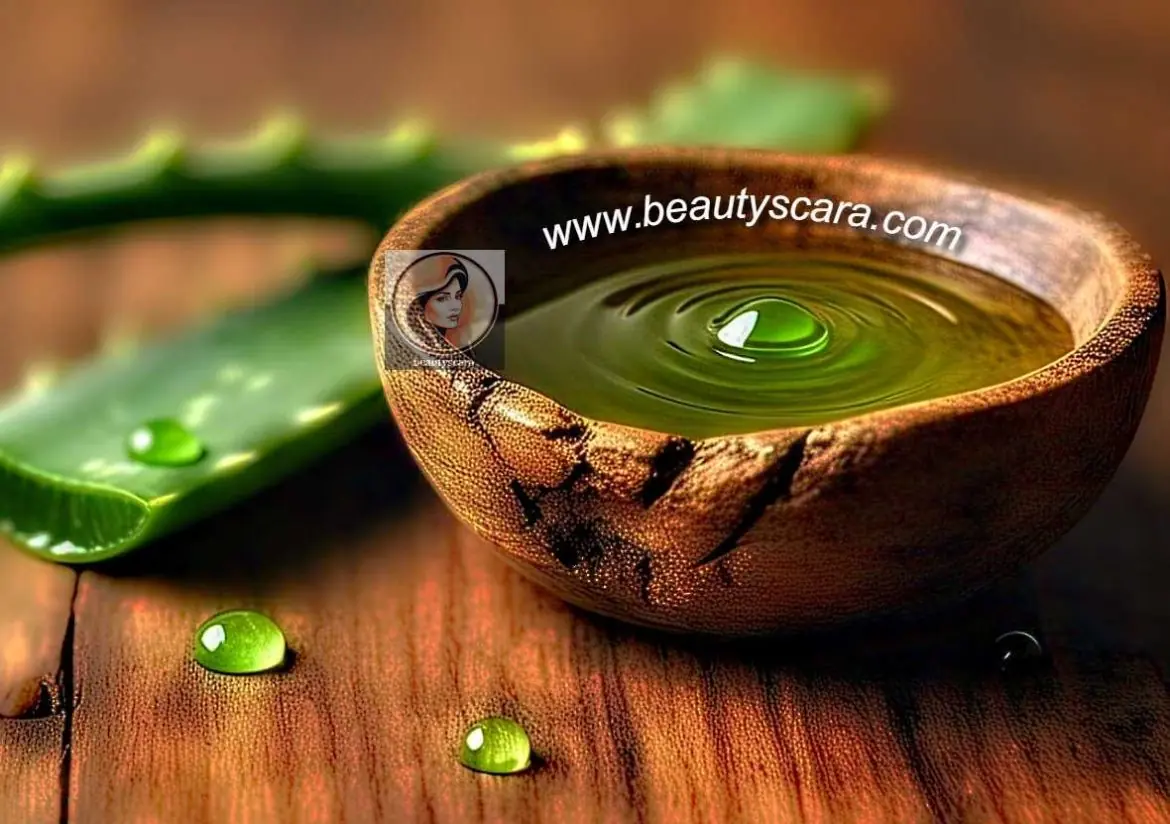
Homemade Okra Face Gel – Collagen Gel for Glowing Skin

Groups of People Who Need to Avoid Eating Bread

What those strange skin patterns might really mean

Should You Eat Rice for Breakfast

Preventing Stroke At Any Age: 3 “Don’ts” After Meals—And 4 “Don’ts” Before Bed

Why You Should Stop Using Petroleum Jelly On Your Skin (It’s a Byproduct of the Petroleum Manufacturing Process)
